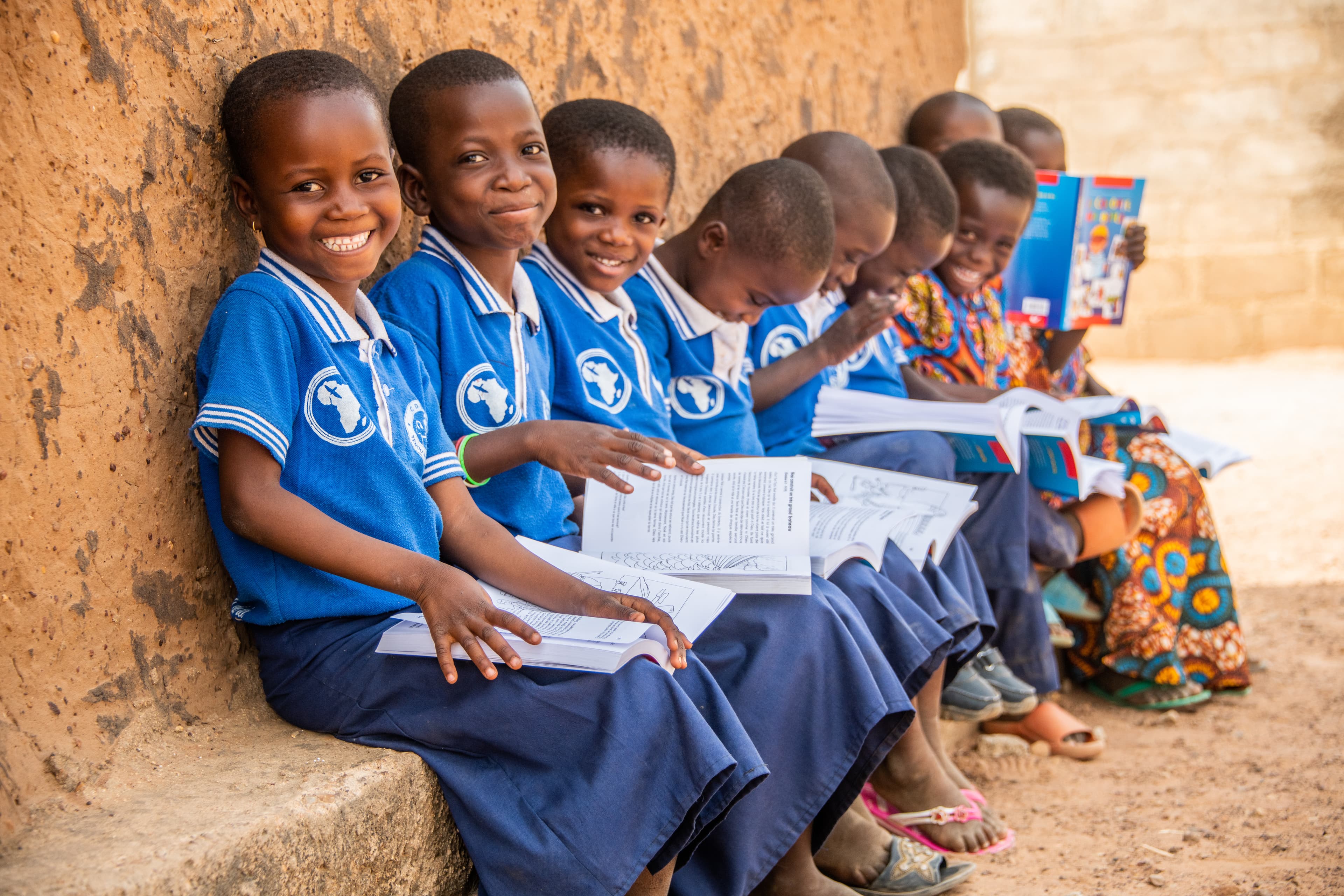
Statement of Faith
At Compassion, we follow the statement of faith established by the World Evangelical Alliance.

Get Involved
Join Our Mission to Release Children From Poverty
Explore the many ways to make a difference with Compassion — through child sponsorship, prayer, generous giving and more.
